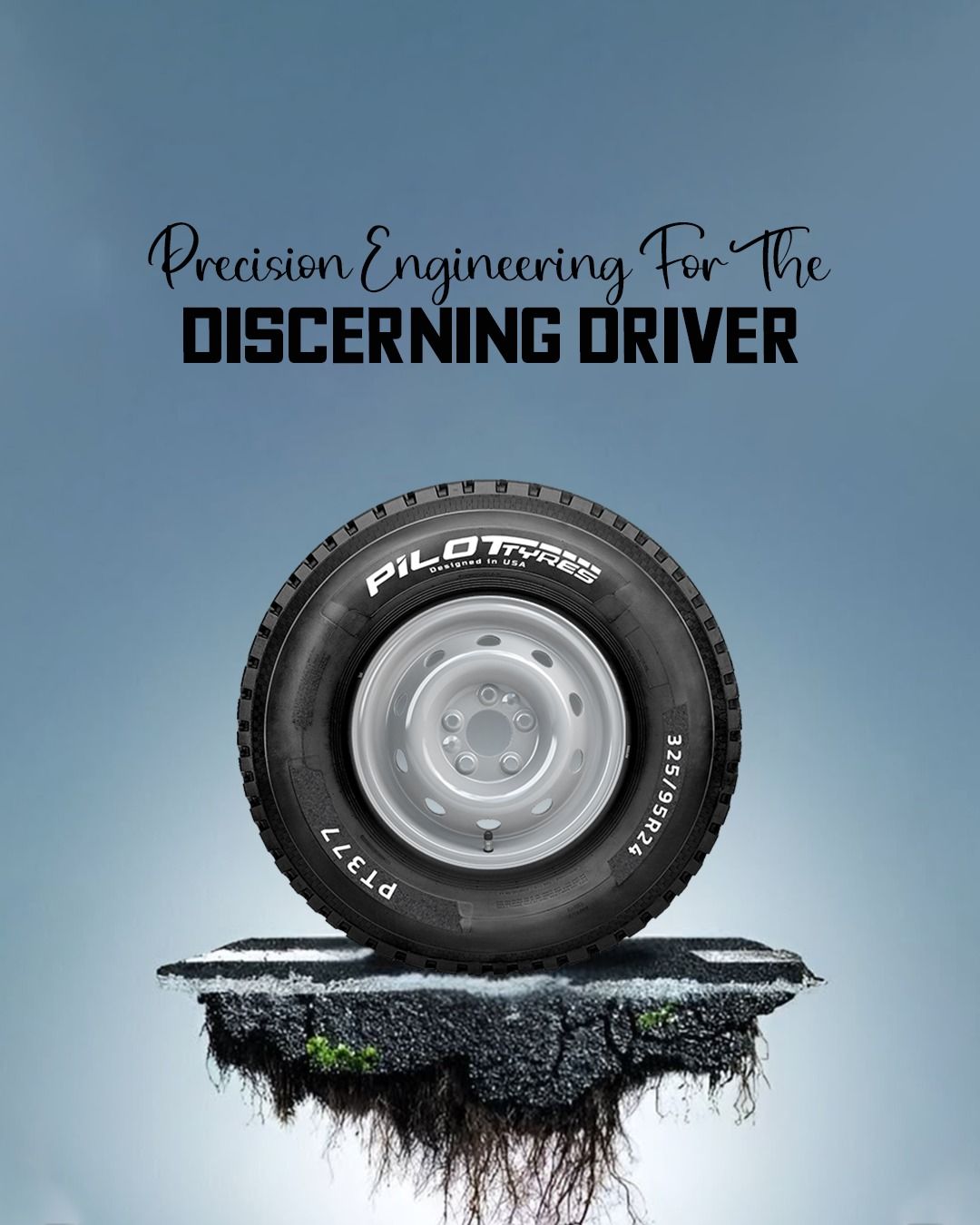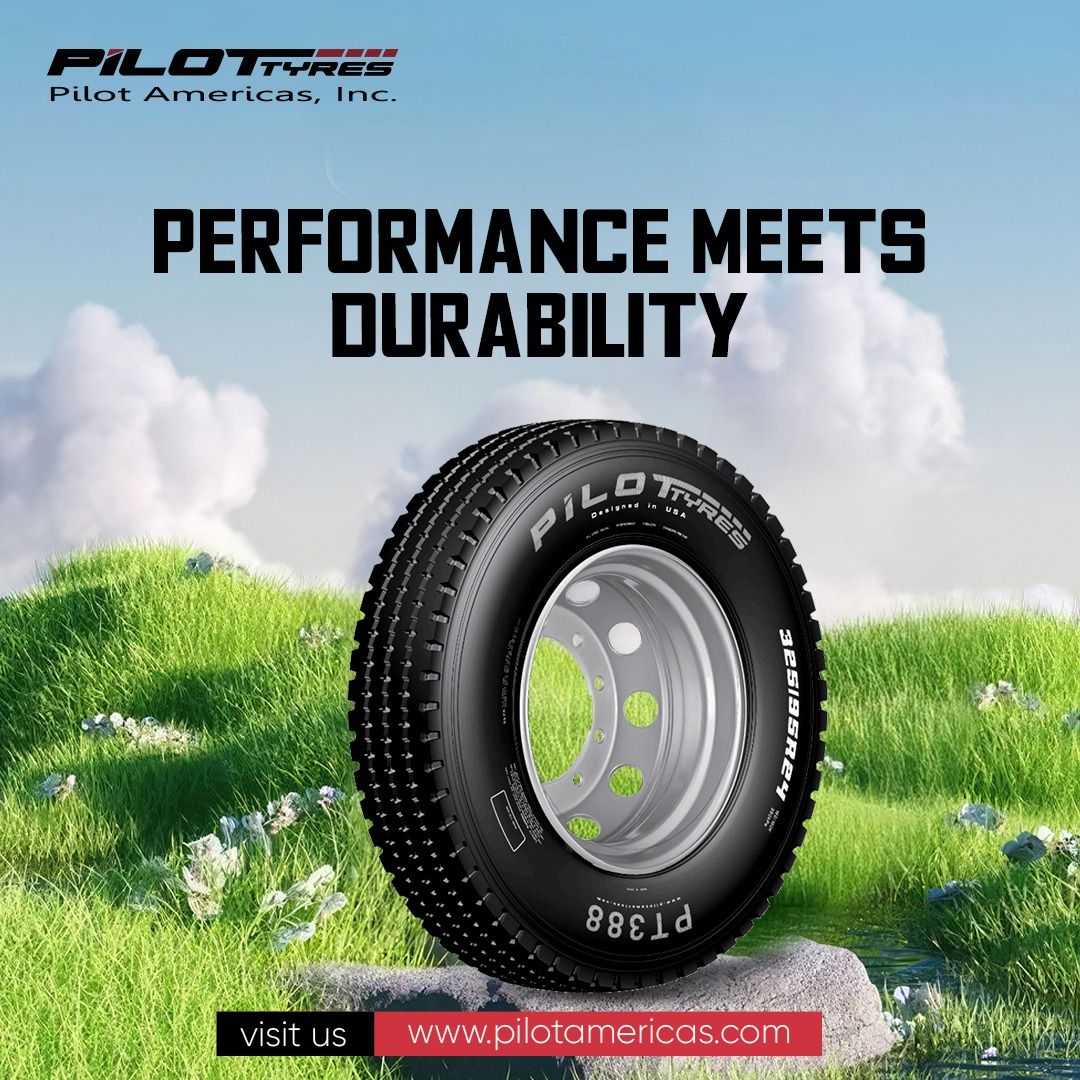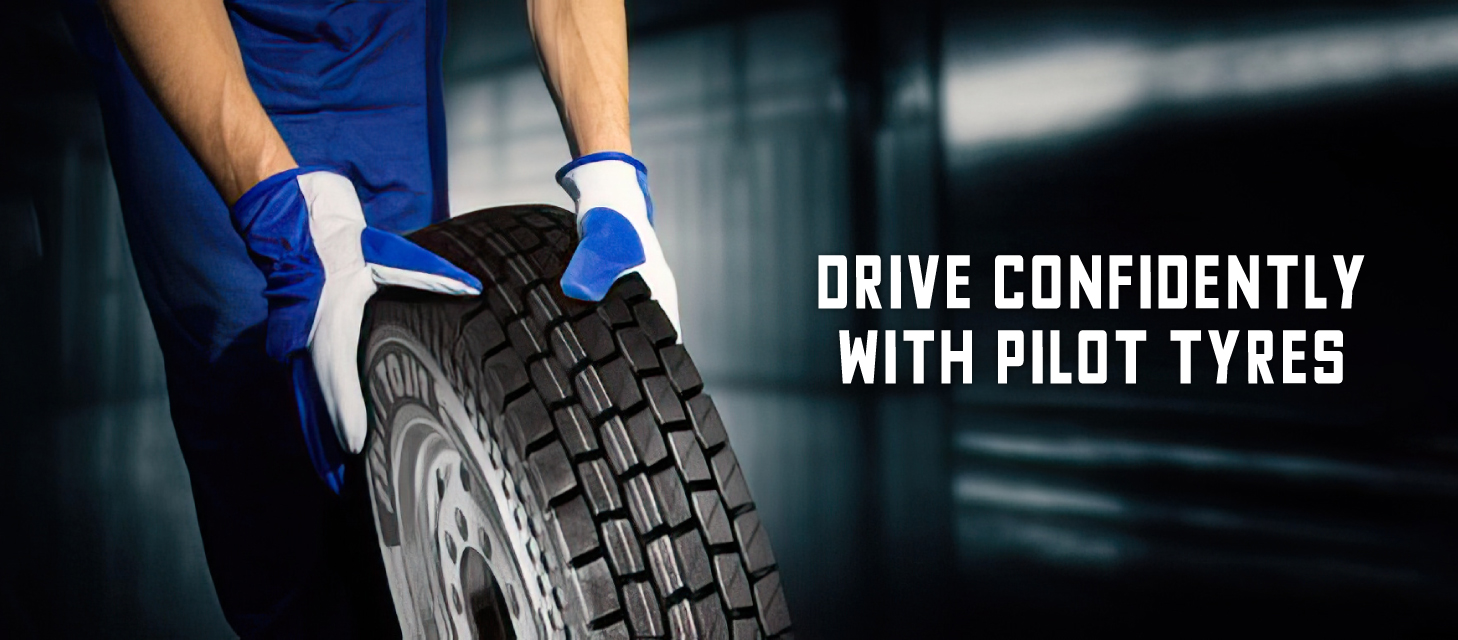 Categories
Categories Enjoy Smoother Ride with Truck Tire Balancing Beads

As a commercial truck driver, you know that you rely on your rig. That's why keeping your truck in top condition is essential- including your truck tires.
Truck Tire balancing is essential to maintaining your truck. There are several ways to do it. One popular method is to use truck tire balancing beads. These are tiny, weighted spherical beads placed inside the tire. They help evenly distribute the truck tire's weight, leading to a smoother ride.
There are several benefits to using truck tire balancing beads. First, they can help to extend the life of your tires. Additionally, they can improve fuel efficiency by reducing rolling resistance. And finally, they can improve the overall ride quality of your truck by making the ride smoother and more comfortable.
What are Truck Tire Balancing Beads?
Truck Tire balancing beads are small pellets made of ceramic or steel. They’re added to the inside of a tire to help balance it. The beads are evenly distributed around the tire's circumference so that the weight is evenly distributed. This helps to prevent vibration and improve handling.
How to Install Truck Tire Balancing Beads?
Installing balancing beads is a relatively simple process, but there are a few things you need to keep in mind.
- First, ensure your tires are in good condition and properly inflated.
- Next, you'll need to purchase the correct type of beads for your truck.
- Two main types of beads are semi-truck tire balancing beads and balancing beads for truck tires.
- Make sure you get the right type for your truck so that it will fit properly.
Once you have the beads, it's time to start installing them.
- The first step is to find the valve stem on your tire.
- This is the small hole in the side of the tire that you use to add air.
- Once you've seen it, unscrew the cap and set it aside.
- Next, insert the bead installer tool into the valve stem.
- The device will have a long, thin tube attached to it.
- The other end of the tube will be open.
- Slowly start to pour the beads into the open end of the tube.
- As you pour them in, they will fall into the tire.
- Keep pouring until the tube is about half full.
- Once the tube is half full, screw the cap back onto the valve stem and give the tire a few good shakes.
- This will help to distribute the beads evenly around the tire.
- Finally, check the pressure in the tire and inflate it to the recommended level.
Once you've done that, you're all set! Your truck's tires should now be evenly balanced and should have improved handling.
Advantages of Truck Tire Balancing Beads
Truck tire balancing beads are an overlooked but essential component to keeping your truck on the road. Here are four advantages of using truck tire balancing beads:
- Increased tire life
- Improved fuel economy
- Better handling
- Enhanced safety
Cost of Balancing Beads for Truck Tires
The price of balancing beads for truck tires can vary depending on a few factors.
- The first is the size of the truck tires.
- The second is the number of truck tires that need to be balanced.
- The third is the type of truck (light duty, medium duty, or heavy-duty).
- The cost of balancing beads for a single truck tire can range from $25 to $45.
- The cost of balancing beads for a set of four truck tires can range from $100 to $180.
- A light-duty truck will be cheaper to balance than a heavy-duty truck.
Pros and Cons of Balancing Beads for Truck Tires
So, what are the pros and cons of using balancing beads? Let's take a look:
Pros:
- Balancing beads are relatively inexpensive
- They're easy to install.
- Unlike wheel weights, they won't fall off.
- They help to reduce vibration.
Cons:
- They can damage your tire if they're not used properly.
- Some believe that balancing beads are less effective than other methods.
Conclusion
Truck tire balancing beads are tiny, round plastic beads placed inside a tire to help offset the truck's weight. The beads are placed in the tire in specific areas to help with the car's weight distribution. Truckers who use tire balancing beads report that they help to improve fuel economy and reduce vibration while driving.
 Categories
Categories
-

Top Truck Tire Manufacturers in the USA: Who Makes the Best?
February 27th, 2025 -
 February 22nd, 2025
February 22nd, 2025 -
 February 14th, 2025
February 14th, 2025 -
 February 7th, 2025
February 7th, 2025 -

Explore Smooth Rides and Safe Journeys with Highway TBR Tyres
January 24th, 2025
